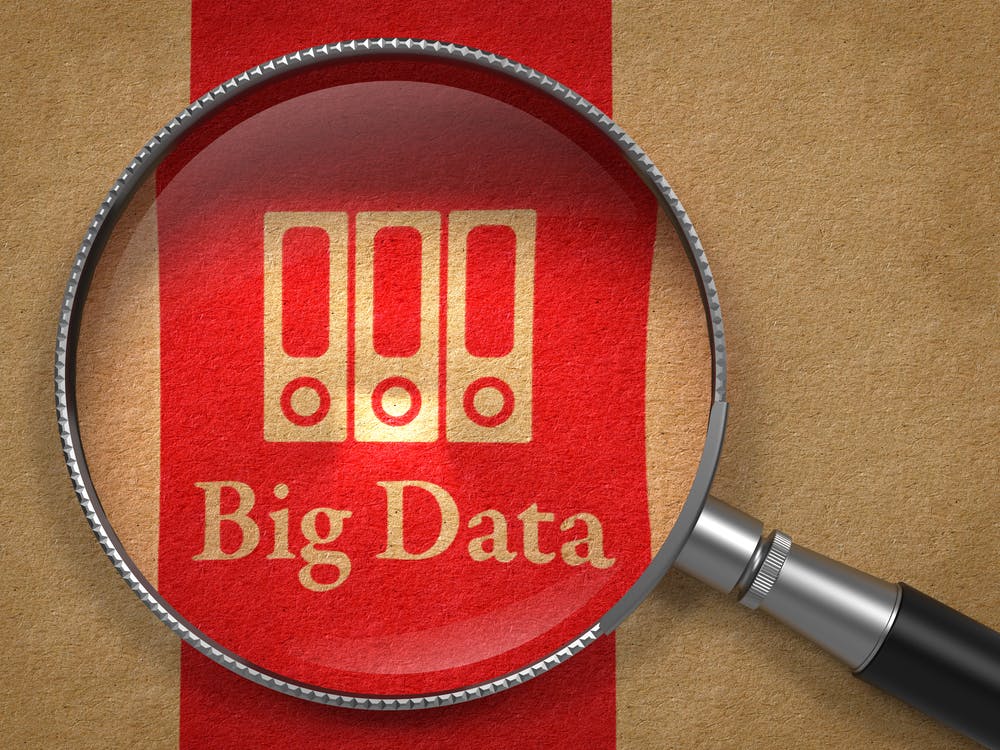It’s no secret that HR organizations traditionally have lagged their finance and sales brethren in their use of data analytics.
According to analyst Josh Bersin, only 4 percent of companies currently are using predictive analytics due to two primary challenges:
- Many companies are distracted by efforts to replace outdated HR systems (which, ironically, may give them the predictive tools they need); and.
- More than 50 percent of companies are still assessing the value of the data they already have.
How do you effectively use your HR data?
The good news is that the tide is changing as more and more HR departments are eagerly joining the “big data” party.
It’s not hard to see why. Bersin’s research has shown that companies that use sophisticated data analytics experience higher stock market returns. And the HR teams who use that data are four times more likely to be respected by their counterparts for employing data-driven decision making.
So, you’re an HR leader and you have HR data. Now what?
Interestingly, the issue is no longer about gaining consensus around the value of HR data. We’re all there. However, a new challenge has emerged: What’s the most effective way to use the data you have?
5 steps to better assessing your data
Getting started can be daunting, so here are five (5) steps you can take to help you assess how your HR data is going to contribute to your company’s strategic business discussions:
- Understand your data sources — The more we work with clients to cull and compile workforce data, the more we see them emphasizing this notion of “putting trust in the data.” Traditionally, many businesses have relied on data that’s originated from outside their organization, such as market or industry benchmarking data or survey data. Recently, companies are asking themselves questions like: Where does the data come from? What does it include? What doesn’t it include? Our experience has revealed that the more trust HR leaders have in their data, and the more familiar they are with its value and limitations, the easier it is for them to figure out how to use it effectively to contribute to business success.
- Forge a relationship with the CFO — Ernst & Young has extensively researched the relationship between Chief Financial Officers and Chief HR Officers, and concluded that tighter collaboration between them can significantly improve business performance. It reports that for companies “to perform effectively and grow over the long term, close collaboration between finance and HR is becoming increasingly important.” They suggest making the relationship a priority so the two functions remain aligned and can jointly contribute to strategic business decisions.
- Ask the right questions — It doesn’t matter how much data you have if you’re not sure what business strategy it supports. So, maybe the first question you need to ask your business partners is what business issue/challenge/question are you trying to solve with workforce data? If you first determine the business questions that need to be answered, you can use existing data or build the data model you need to address them.
- Put workforce data into perspective — Data is only one element in the decision-making process. It should complement other resources being used to support any business case. HR analytics can provide insights that will help management make better workforce assessments that may reduce costs and improve time to market, but that’s only one piece of the pie.
- Keep the “Human” in Human Resources — At the end of the day, HR decisions are still about people and there are certain factors that can’t be quantified. Data analytics can be a useful guide and valuable contributor to business decisions, but it pays to remember the distinction between data-informed decisions and the myth that analytics will tell you what to do. There’s a human element that must be retained and exercised even when using tools, such as benchmarks and predictive analytics.
There is real value to leveraging your HR data assets to help drive insights into business decisions. Get started and let me know how you progress.
